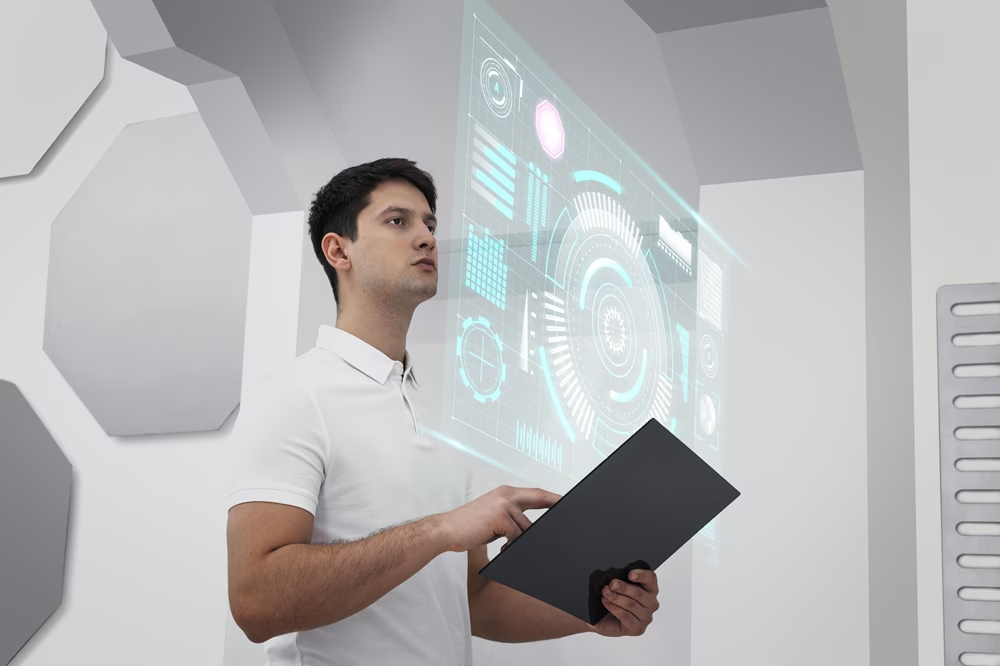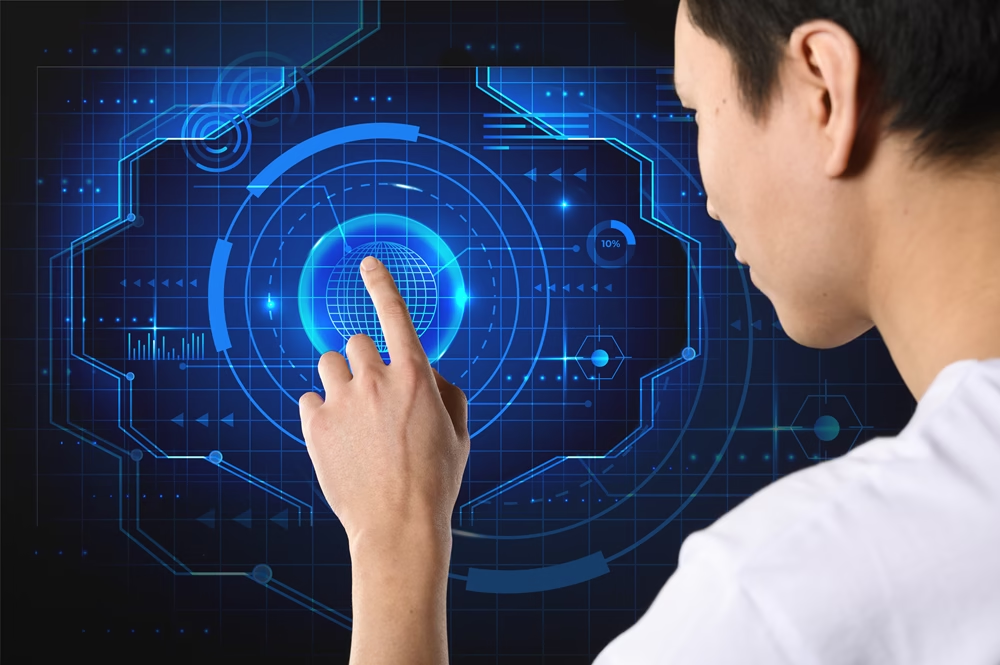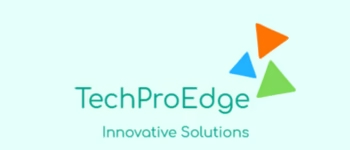Table of Contents
Introduction - Impact of Emerging Technologies and Future IT Technologies in 2025
Emerging technologies like AI, IoT, Blockchain, 5G, and Quantum Computing are transforming industries, improving efficiency, and creating new opportunities. From self-driving cars to AI-powered healthcare, these innovations are reshaping the world. However, they also present challenges such as cybersecurity risks, ethical concerns, and workforce disruption. This blog explores how emerging technologies are impacting industries, backed by real-world case studies
1. Understanding Emerging Technologies
- Definition: Emerging technologies refer to rapidly evolving innovations with the potential to transform industries and improve human lives.
- Why They Matter: They drive efficiency, automation, and new business models.
- Key Examples: AI, IoT, Blockchain, 5G, AR/VR, Quantum Computing, Robotics, Biotechnology, and Cloud Computing.
2. Major Emerging Technologies & Their Impact With Case Studies
a) Artificial Intelligence (AI) & Machine Learning (ML)
- Impact: AI enhances automation, improves data analysis, and optimizes business operations.
- Case Study: IBM Watson in Healthcare – AI-powered diagnostics help doctors detect diseases like cancer with greater accuracy.
- Other Applications: AI chatbots (ChatGPT, Google Bard), AI-powered fraud detection in banking.
b) Internet of Things (IoT) & Smart Devices
- Impact: IoT connects devices to enable real-time data sharing and automation.
- Case Study: Tesla’s Autopilot – Uses IoT and AI to process real-time data from sensors for self-driving capabilities.
- Other Applications: Smart homes (Google Nest, Amazon Alexa), industrial IoT (GE’s smart factories).
c) Blockchain & Cryptocurrency
- Impact: Enables secure, decentralized transactions, eliminating intermediaries.
- Case Study: Walmart’s Food Safety Blockchain – Uses blockchain to track the origin of food products, ensuring safety and reducing fraud.
- Other Applications: Bitcoin & Ethereum for decentralized finance (DeFi), NFTs for digital assets.
d) 5G Technology
- Impact: Enables ultra-fast connectivity, supports IoT, and improves remote communication.
- Case Study: China’s Smart Cities – 5G-powered smart infrastructure enhances traffic control, public safety, and environmental monitoring.
- Other Applications: Real-time cloud gaming (Google Stadia, Xbox Cloud), telemedicine, autonomous vehicles.
e) Augmented Reality (AR) & Virtual Reality (VR)
- Impact: Enhances digital experiences in gaming, retail, and education.
- Case Study: IKEA Place App – Uses AR to help customers visualize furniture in their homes before purchasing.
- Other Applications: VR therapy for PTSD, AR-powered remote training in industries.
f) Quantum Computing
- Impact: Solves complex problems faster than traditional computers.
- Case Study: Google’s Quantum Supremacy – Achieved a breakthrough by solving a problem in minutes that would take classical computers thousands of years.
Other Applications: Cryptography, AI acceleration, drug discovery.


3. Impact of Emerging Technologies on Different Industries With Case Studies
a) Healthcare
- AI-powered diagnostics, robotic surgeries, and telemedicine are revolutionizing patient care.
- Case Study: DeepMind’s AI in Eye Disease Diagnosis – Google’s AI model detects eye diseases earlier than human doctors.
- Other Applications: Wearable health devices (Apple Watch, Fitbit), blockchain for patient data security.
b) Finance & Banking
- AI automates fraud detection, chatbots handle customer queries, and blockchain secures transactions.
- Case Study: JP Morgan’s COIN AI – Saves 360,000 hours of manual legal work by automating contract analysis.
- Other Applications: Bitcoin & Ethereum for borderless payments, AI-driven stock market predictions.
c) Education & E-Learning
- AR/VR enhances interactive learning, AI personalizes education.
- Case Study: Google’s Read Along App – Uses AI to improve reading skills in children worldwide.
- Other Applications: VR-based virtual classrooms, AI-powered tutoring (Duolingo, Coursera).
d) Manufacturing & Industry 4.0
- IoT-powered smart factories, AI-driven automation, and robotics.
- Case Study: Siemens’ Digital Twin Technology – Uses AI and IoT to create digital replicas of manufacturing processes for optimization.
- Other Applications: 3D printing in prototyping, predictive maintenance using AI.
e) Retail & E-Commerce
- AI-driven recommendation engines, AR for virtual shopping, and blockchain for supply chain tracking.
- Case Study: Amazon’s Just Walk Out Stores – Uses AI and IoT to allow checkout-free shopping.
- Other Applications: AI chatbots in customer service, drone deliveries by Walmart & Amazon.
f) Transportation & Logistics
- AI and IoT optimize route planning, self-driving cars reduce accidents.
- Case Study: Waymo (Google’s self-driving car) – Uses AI, sensors, and machine learning to drive autonomously.
- Other Applications: Hyperloop for high-speed transport, AI-powered logistics in supply chains.
g) Cybersecurity & Data Privacy
- AI-driven security systems detect threats in real time, blockchain ensures data integrity.
- Case Study: IBM’s AI-powered Security Platform (QRadar) – Detects cybersecurity threats automatically.
Other Applications: Quantum encryption for next-gen cybersecurity, zero-trust security models.
4. Benefits & Challenges of Emerging Technologies
Benefits
✔ Increased productivity and efficiency.
✔ Smarter decision-making with AI.
✔ Improved healthcare, education, and business models.
✔ New job opportunities in tech-driven fields.
Challenges
❌ Job losses due to automation.
❌ Ethical concerns (AI bias, privacy issues).
❌ Cybersecurity threats.
❌ High costs of implementation.
5. Future Trends & Predictions
- AI will dominate industries, improving automation and decision-making.
- Quantum computing will revolutionize cybersecurity and complex simulations.
- 5G & IoT will create fully connected smart cities.
- Blockchain adoption beyond finance (voting systems, real estate, supply chain).
- Focus on ethical AI and responsible innovation.

Conclusion
Emerging technologies are shaping the future, bringing immense benefits across healthcare, finance, education, transportation, and more. While they boost efficiency, connectivity, and innovation, challenges like cybersecurity risks, ethical concerns, and job displacement must be addressed. Governments, businesses, and individuals must adapt to thrive in this fast-evolving digital world.
What are your thoughts on these emerging technologies? Are you excited or concerned about the future? Let’s discuss in the comments!
Web Development Insights
Software Development Insights
Content Writing Insights
Copyright © 2025 TechProEdge | All Rights are reserved. Terms & Conditions Privacy Policy Disclaimer Affiliate Disclosure
